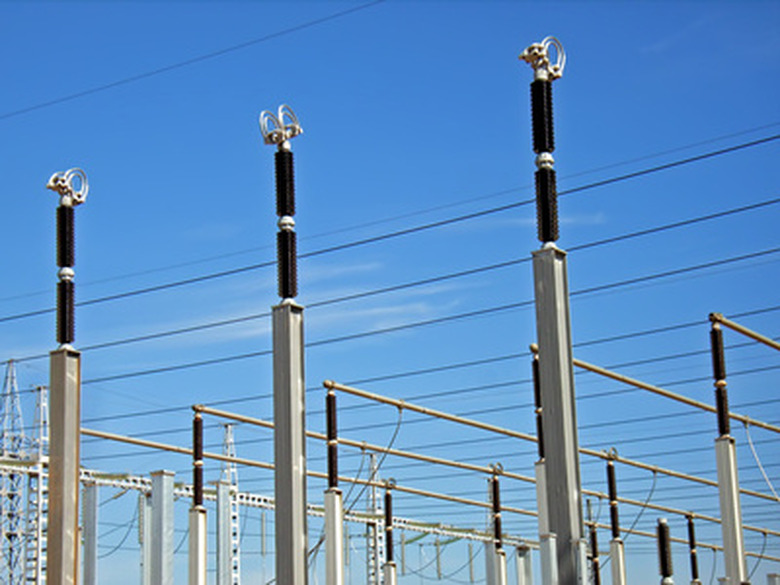Substation Basics
Electrical substations are supplementary parts of electricity generation systems, where voltage is transformed from high to low and vice verse using transformers. Substations containing step-up transformers increase voltage and decrease current. If the transformer contained within the substation is a step-down, the voltage decreases, and the current increases. There are three main types of substation: transmission, distribution, and collector.
Transmission
Transmission
A transmission substation connects transmission lines, generally when all the lines concerned have the same level of voltage. The transmission substation contains high-voltage switches which allow the lines to be connected or, if necessary, isolated. The transmission substation also incorporates capacitors or reactors to deal with voltage control. A transmission substation can vary in size, with the smallest types containing circuit breakers and an electrical bus, while a larger transmission substation includes multiple voltage levels.
Distribution
Distribution
The aim of a distribution substation is to transfer the power from a transmission system into a distribution system. A distribution substation is commonly made up of two transmission lines that provide the input, and a set of feeders that act as an output. The voltage runs through the substation, and out of the feeders. It then travels to a distribution transformer and generates electricity. A distribution substation is responsible for voltage regulation, and also for isolating any faults within the transmission and distribution transformers. A typical distribution substation contains a switch and a transformer with low voltage. Larger, more complex substations are generally found in cities. These contain back-up low voltage systems, as well as high-voltage switching.
Collector
Collector
A collector substation works with projects that collect energy from many small energy sources. While the collector substation shares a resemblance to the distributor substation, its power flow works in the opposite direction, collecting energy and feeding a transmission grid. The collector substation is also able to collect thermal and hydroelectric power, so positioning one next to a power plant is an efficient way to generate power.
Cite This Article
MLA
Wright, Marc. "Substation Basics" sciencing.com, https://www.sciencing.com/substation-basics-7376138/. 24 April 2017.
APA
Wright, Marc. (2017, April 24). Substation Basics. sciencing.com. Retrieved from https://www.sciencing.com/substation-basics-7376138/
Chicago
Wright, Marc. Substation Basics last modified March 24, 2022. https://www.sciencing.com/substation-basics-7376138/
